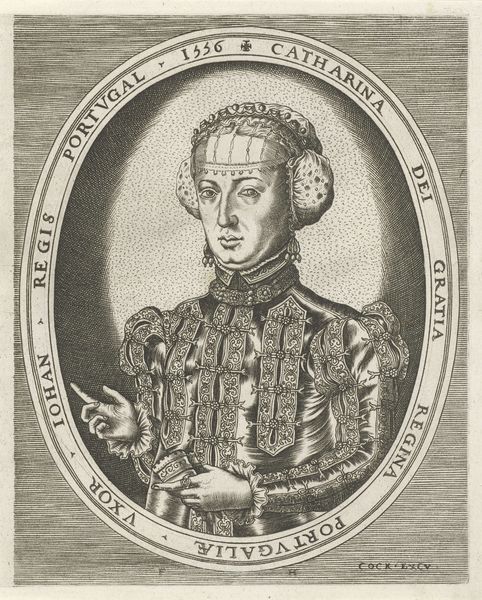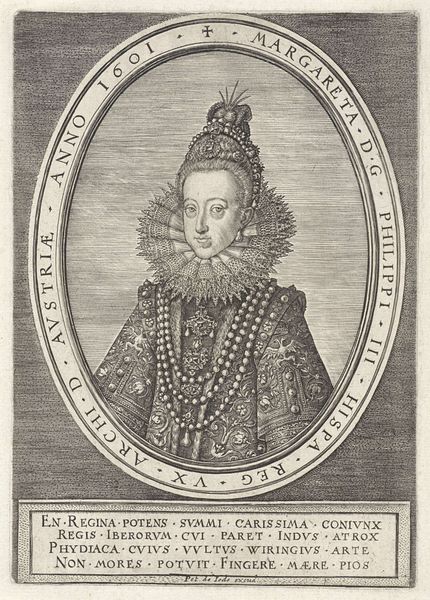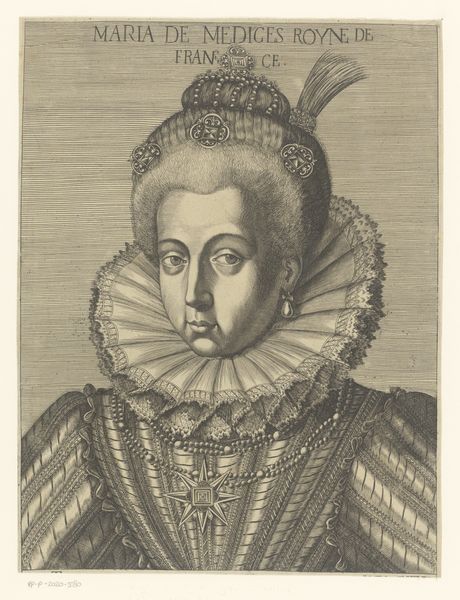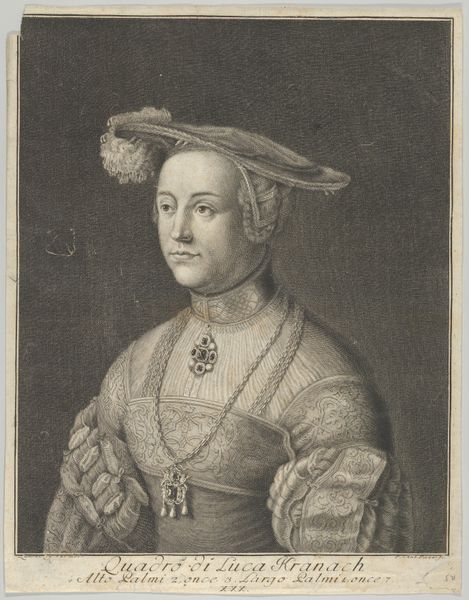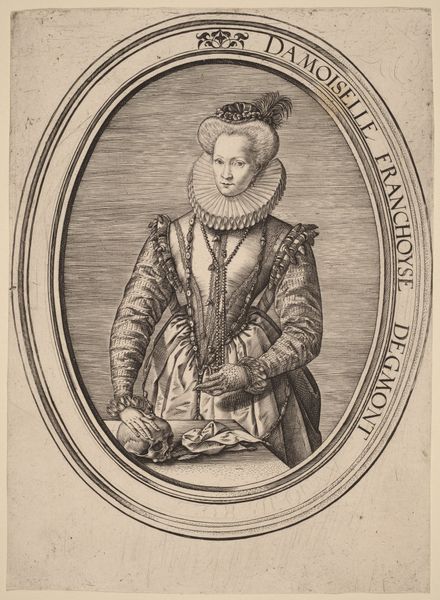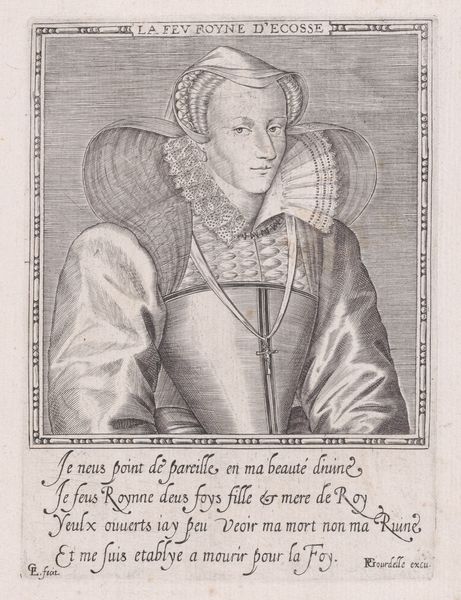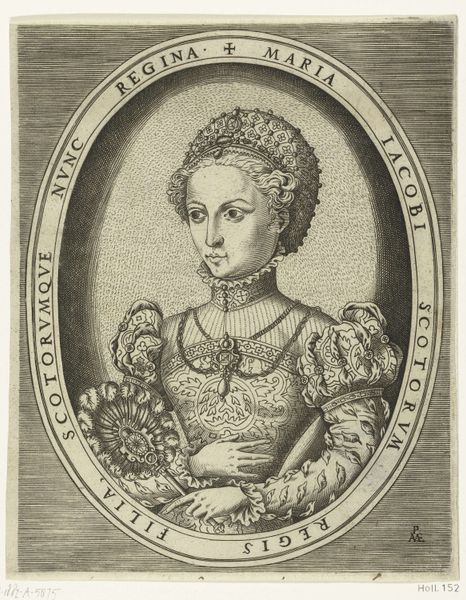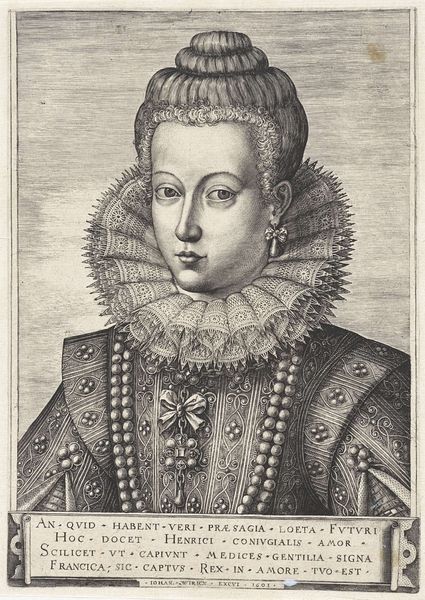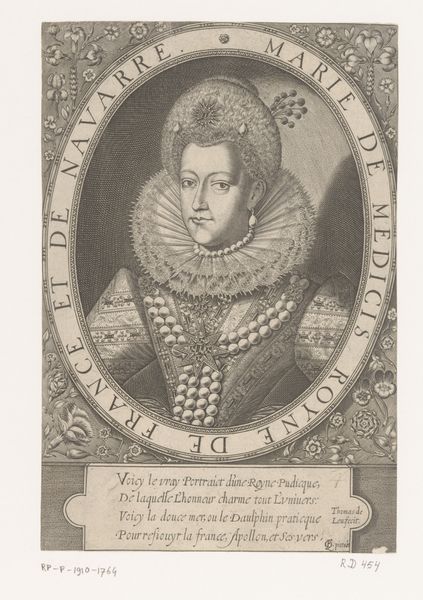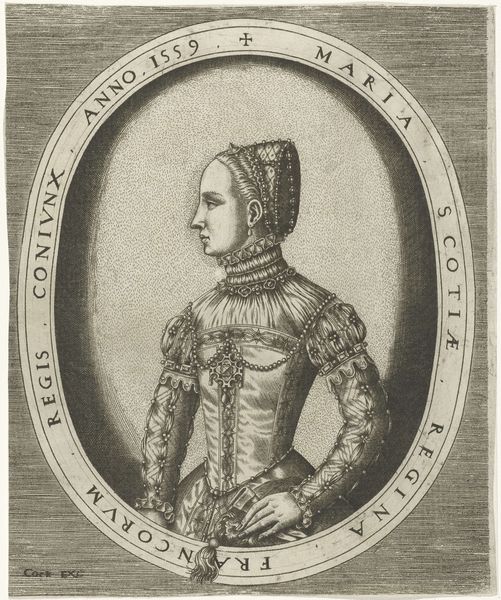
Copy of Duke John Ernest of Saxony 1472 - 1586
0:00
0:00
drawing, print
#
portrait
#
drawing
#
comic strip sketch
#
cartoon based
# print
#
caricature
#
junji ito style
#
cartoon sketch
#
personal sketchbook
#
pen-ink sketch
#
men
#
sketchbook drawing
#
comic style
#
cartoon style
#
arm
Dimensions: Sheet: 13 9/16 × 10 13/16 in. (34.5 × 27.5 cm)
Copyright: Public Domain
Curator: I’m immediately struck by the weight of this portrait, even in reproduction. The heavy cloak, the stern expression... Editor: Absolutely. This is Lucas Cranach the Elder's “Copy of Duke John Ernest of Saxony,” created sometime between 1472 and 1586. It's currently held at the Metropolitan Museum of Art. Though, given the caricature style, “portrait” feels a little generous. Curator: Caricature is a powerful word for this image. Considering the societal power dynamics in that era, I would wonder about who commissioned this portrait. Was it meant to mock or criticize the Duke or was it meant to enhance his image, through the power of dress and symbolic gestures that are beyond our contemporary interpretations. Editor: The artist walked a fine line back then. What I find fascinating is how these prints circulated. How many eyes examined the details of the Duke’s likeness, forming and reinforcing opinions, narratives, shaping political sentiment, all filtered through the artist’s perspective. It seems the symbols of power depicted had the ability to alter popular views and thus, impact Duke John Ernest’s position and power in society. Curator: Yes! The image itself becomes a site of political negotiation! Considering, say, Foucault’s theories on power and discourse, can we see how Cranach participates in defining what power looks like in Saxony? Editor: Precisely. And this wasn't just about John Ernest himself. Think about the message this portrait sends about the legitimacy of his lineage. You see his coat of arms in the upper right-hand corner; this symbol would trigger various meanings, values and affiliations related to family names. All very important markers that consolidate political and societal positions. Curator: Absolutely, and to add another perspective – it might not always be that obvious. Consider this artwork displayed as a print which might influence social perception around power dynamics, gender norms and possibly influence public views related to access and privilege in John Ernest's Saxony and how his profile is reflected across various social groups. Editor: It truly provides insights that resonate to the present. Looking closely has given me a different perspective than when I first saw it! Curator: Agreed, thinking about how portraits—and their dissemination—functioned as early forms of political branding offers much to unpack!
Comments
No comments
Be the first to comment and join the conversation on the ultimate creative platform.


